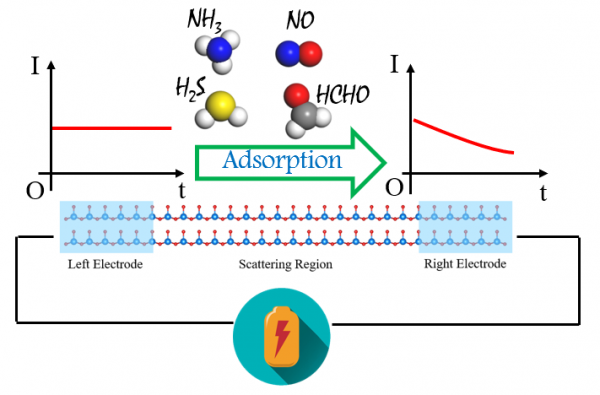分享到
DFT exploration of sensor performances of two-dimensional WO3 to ten small gases in terms of work function and band gap changes and I-V responses
2021
期刊
Applied Surface Science

- 卷 546
- 页码 149104
- Elsevier BV
- ISSN: 0169-4332
- DOI: 10.1016/j.apsusc.2021.149104



